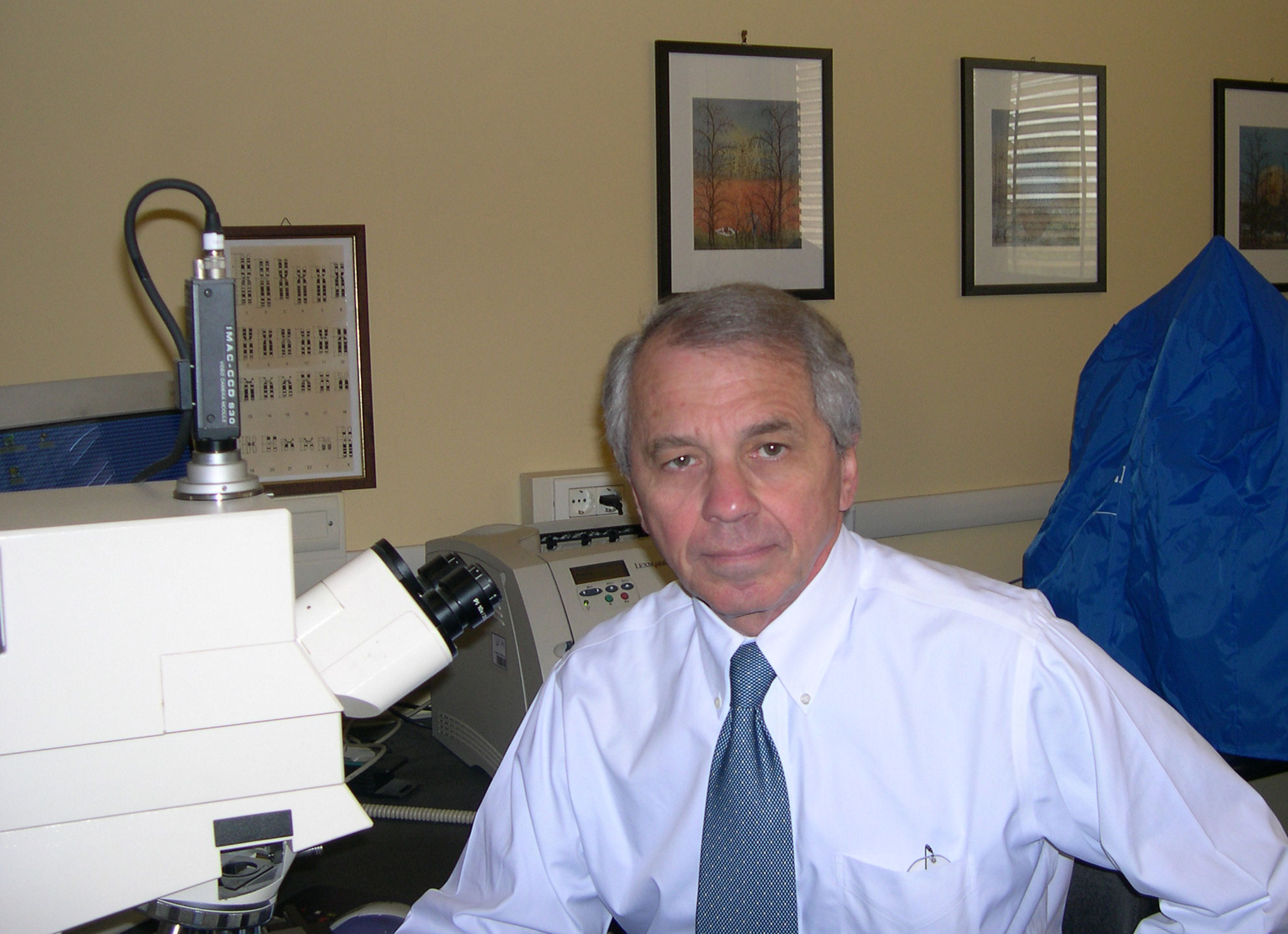Reactivation of the FMR1 Gene

Giovanni Neri, PhD
Principal Investigator
Pietro Chiurazzi, MD, PhD
FRAXA Postdoctoral Fellow
Universita Cattolica del S. Cuore
Rome, Italy
2010-2011 Grant Funding: $50,000
Summary
Dr. Giovanni Neri and his team at Universita Cattolica del S. Cuore screened compounds with Neuropharm (UK) for reactivating compounds. This team is collaborating with Dr. Stephen Haggarty at Harvard and MIT (who also has a FRAXA grant), researching reactivation of the FMR1 gene and characterization of cell lines with unmethylated full mutations. Results published.
The Results
Results Published – Differential epigenetic modifications in the FMR1 gene of the Fragile X syndrome after reactivating pharmacological treatments
The Science
by Giovanni Neri, 4/1/2010
We are screening dozens of potentially reactivating compounds with a histone hyperacetylating effect, in collaboration with the orphan-drug company Neuropharm (UK). A new collaboration established with Dr. Steve Haggarty at the Broad Institute of Harvard and MIT will also allow us to screen molecules that appear to have an effect comparable to that of 5-azadC, but independent of cell division. The discovery of such reactivating compounds would facilitate subsequent clinical trials.
We also continue studying the epigenetic changes that regulate transcription in FXS patients and in UFM carriers. We observed that in UFM cells histones H3 and H4 are deacetylated, like in FXS cells, while lysine K4 of histone H3 is hypermethylated and lysine K27 is demethylated, like in normally transcribing control cells. In UFM cells we also detected the antisense transcript ASFMR1, that might have a critical role in the epigenetic regulation of FMR1, by generating double stranded RNAs together with the sense transcript. These studies will be extended to a recently described regulatory region, upstream of the FMR1 promoter, and will also include ChIP analysis of CTCF binding to the FMR1 promoter as well as dosage of natural antisense transcripts.
To further clarify the mechanisms of FMR1 inactivation and to establish its timing, we will analyze the epigenetic status of induced Pluripotent Stem (iPS) cells obtained from fibroblasts of FXS males, control individuals and UFM carriers. iPS cells will be generated in collaboration with Dr. Guoping Fan of UCLA.

